By Gouri Satya, Sr. Journalist
The restoration of the historic landmark Elgin Fountain is a major change in the stand of the Mysuru City Corporation (MCC), which has been favouring the demolition of heritage and historic structures in the city unmindful of its civic responsibility. It had also proposed to demolish the Elgin Fountain and construct one with a new design in its place.
However, thanks to the timely intervention, it has been restored to remain a significant historical monument of Mysuru. Mysuru Deputy Commissioner Dr. K.V. Rajendra, who asked the MCC to drop the demolition proposal and instead beautify it in the ‘as-is’ state and preserve its heritage value, is to be complimented.
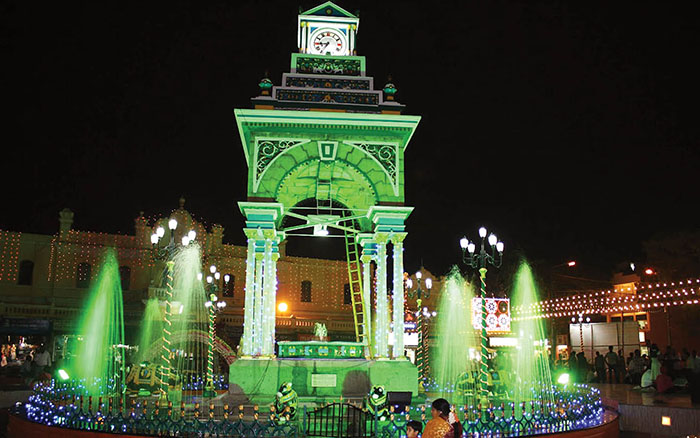
I recall a letter I wrote while I was in the US last year which Star of Mysore was kind enough to publish (Voice of the Reader – “City of Circles: Erasing History,” Oct. 19, 2022) wherein I brought out the historical significance of this beautiful Fountain and underlining the need to preserve and protect this monument. Adding to the heritage city’s importance, it has now escaped destruction and stands restored and its background is often referred in the newspaper reports now.
The Fountain has a chequered history of moving from one place to the other — from K.R. Circle to Dhanvantri Road and from there to Bengaluru-Mysuru Road and now finally rests at the Ashoka Road junction — a sort of ‘moving fountain’ of Mysuru!
During the Maharajas’ rule, Mysuru saw many fountains within the small town. It was also a ‘City of Fountains’, a fact not many know. Fountains played at key Circles and in front of royal structures, joyfully attracting the evening walkers and nature lovers, now a thing of the past.
Chamaraja Wadiyar and Krishnaraja Wadiyar, in particular, beautified the then small town with fountains, springing waters up and above. These were big circular and artistic water founts, sending water into the air for a decorative and dramatic effect, not puny sprouts that just let water flow down a crooked pillar.
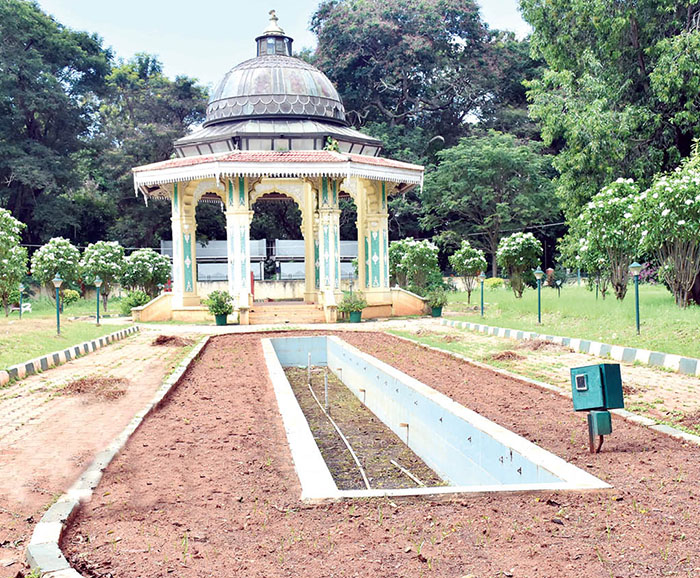
A dead fountain in Dufferin Clock Tower
The earliest fountain to be erected was the fountain in the Dufferin Clock Tower,
opposite the Devaraja Market. It was erected between 1886-1891 to mark the visit of Lord Dufferin, again as part of the beautification of the area. The fountain now lies dead within the tower since long.
This was followed by the Elgin Fountain as already mentioned in 1892. Then came the Hardinge Circle Fountain at the present Jayachamaraja Circle. It was built to commemorate the visit of Lord Hardinge in 1913. This was a beautiful and big fountain colourfully illuminated in the evenings.
To the merriment of those assembled around it, it swayed and danced to the kiss of winds, spraying gems of water drops on them. People sat relaxed and enjoyed the cool breeze and fresh air on the stone benches around it. Now, this fountain has faded into history.
Close to it was the Nishad Bagh (Kuppanna Park) where a row of fountains sprang up as one approached the bandstand. This fountain comes alive only during Dasara season.
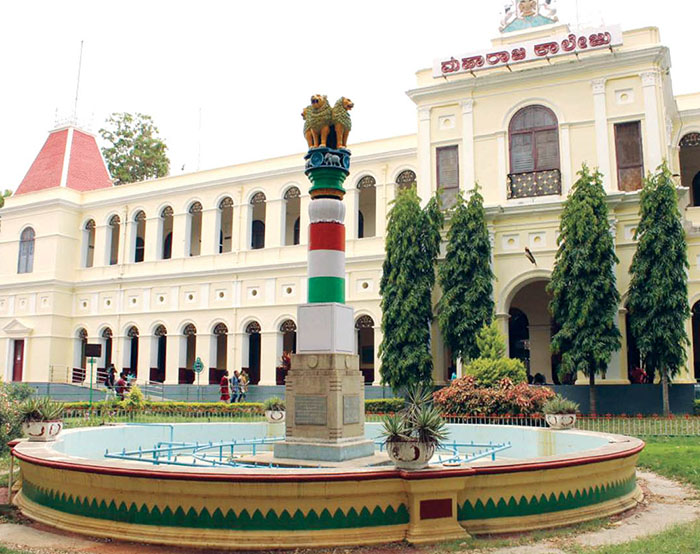
Mutilated and neglected
The fountain at the approach of the stepped garden at Lalitha Mahal Palace (1930) was another beauty. While the fountain has gone into oblivion, the seven-stepped garden stands mutilated and neglected. A fountain, still in working condition, is to be seen in front of the Maharaja’s College, constructed as part of the Jubilee celebrations and inaugurated by none other than Maharaja Jayachamaraja Wadiyar. The fountain opposite Crawford Hall is, however, well-maintained.
Apart from these, there were fountains erected in front of the Jaganmohan Palace, with a cute image of a boy and girl holding an umbrella, one in front of Jayalakshmi Vilas Mansion, Cheluvamba Mansion, Lokranjan Mahal (the Summer Palace) and other royal mansions. Except for one or two, the rest either lie uncared for or destroyed.
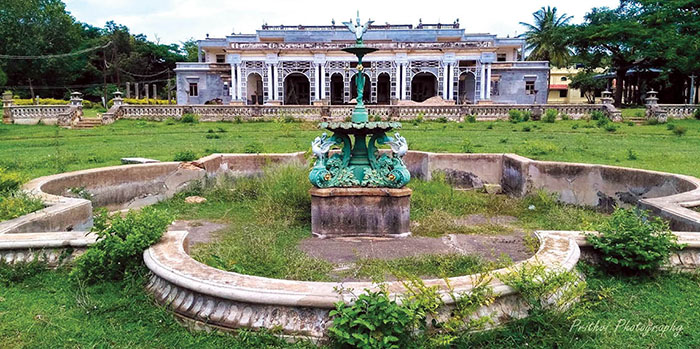
Many lost fountains
The fountain opposite the MCC remains out of use like the one in front of the K.R. Hospital. The fountain near the City Railway Station welcomed passengers. It was later shifted to Government Ayurvedic Hospital Circle. The fountain at N. Madhava Rao Circle in Agrahara was the first Circle that was built during the 70s. The fountain here had an idol of Lord Shiva on the top. However, it has lost its charm. Thus, Mysuru has a history of fountains, most of which are out of action or have disappeared over a period.
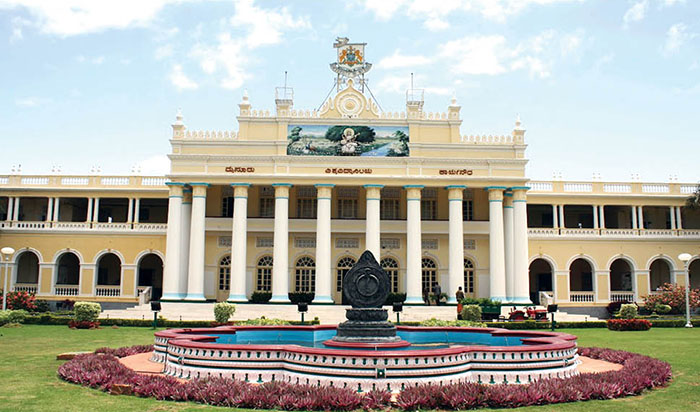
These fountains and founts not only attracted people but also kept the environment around them clean. The MCC should take up a phased plan to restore and commission them and add a few more, including in the major extensions like Kuvempunagar, Jayalakshmipuram, Vidyaranayapuram, Nazarbad etc., and add grace and beauty to Mysuru, a tourist place, and more than all keep the area free from toxic air released by vehicles passing there. It would make Mysuru an alluring ‘City of Fountains’ both for the locals and the visitors.



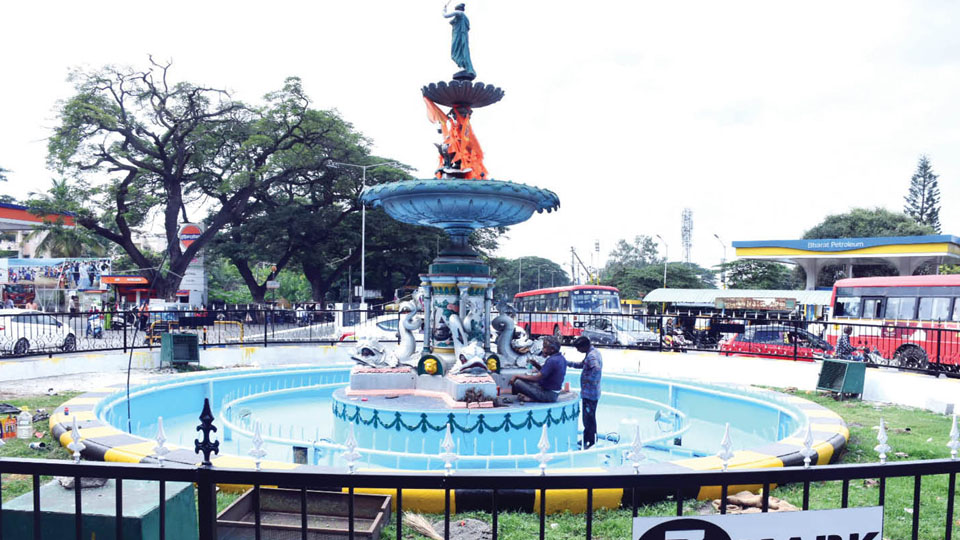

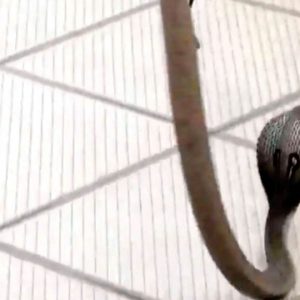
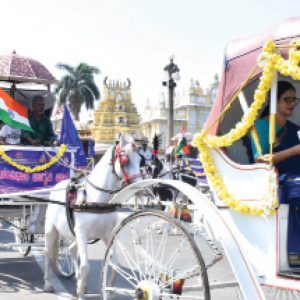

Recent Comments